Gouverner la sélection scolaire par un instrument : le cas de la « cote de rendement au collégial » des universités québécoises
Article complet du #89 | L’enseignement supérieur en recomposition : entre institutions et parcours éducatifs
FR : La cote de rendement au collégial (CRC) est la pierre angulaire de la gouvernance de la sélection à l’entrée à l’université au Québec. En s’inscrivant dans la perspective de la sociologie de la quantification et dans celle de la sociopolitique de l’instrumentation de l’action publique, cet article vise à saisir le contexte sociohistorique qui a conduit au choix de la CRC, les discours qui justifient ce choix et les conceptions de l’équité qui sous-tendent son usage. L’article s’appuie sur une analyse des documents d’action publique produits depuis la création des cégeps ainsi que sur une analyse des propriétés mathématiques de la CRC. Il montre une double transformation de la gouvernance de la sélection, qui tend de plus en plus à réduire le principe d’équité à un choix technique et à donner du poids à la force du groupe collégial plutôt qu’au rang. L’analyse des propriétés mathématiques de la CRC confirme que, loin d’être neutre, cet instrument de sélection repose sur une conception de l’équité selon laquelle le passé des étudiant∙es inscrit∙es dans des groupes homogènes forts au collégial serait garant de leur avenir en matière de réussite scolaire. Dans un contexte de hiérarchisation et de compétition des établissements collégiaux, cet instrument conduit in fine à un double standard d’évaluation et renforce ultimement les inégalités sociales d’accès à l’université.
Mots-clés : sélection, instrumentation, enseignement supérieur
EN : The R score (CRC in French) is the cornerstone of the governance of selection for entry to universities in Quebec. From the perspective of the sociology of quantification and of the sociopolitics of the instrumentation of public action, this article aims to grasp the sociohistorical context which led to the choice of the R score, the discourses which justify this choice and the conceptions of equity which underlie its use. The article is based on the analysis of public policy documents produced since the creation of the cegeps as well as an analysis of the mathematical properties of the R score. It shows a twofold transformation of selection governance, which tends more and more to reduce the principle of equity to a technical choice and to give weight to the strength of the collegial reference group rather than to the rank. The analysis of the mathematical properties of the R score reveals that, far from being neutral, this selection tool is based on a conception of equity in which the background of students enrolled in strong homogeneous groups in college would guarantee their future in terms of academic success. In a context of hierarchization and competition between college establishments, this instrument ultimately leads to a double standard of evaluation and reinforces social inequalities in access to university.
Keywords: selection, instrumentation, higher education
Article complet du #89 | L’enseignement supérieur en recomposition : entre institutions et parcours éducatifs

